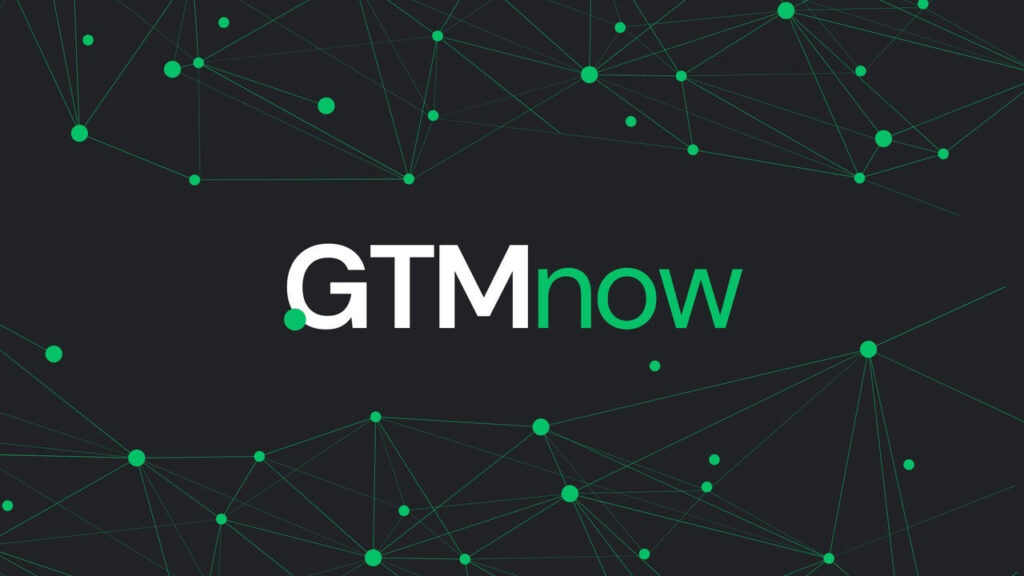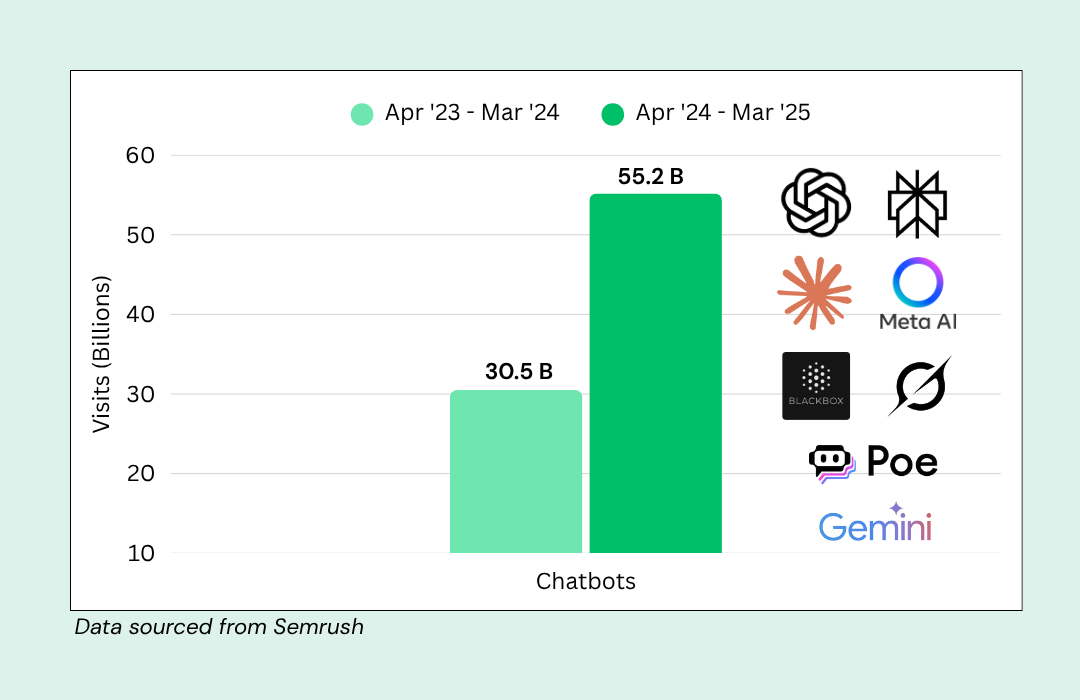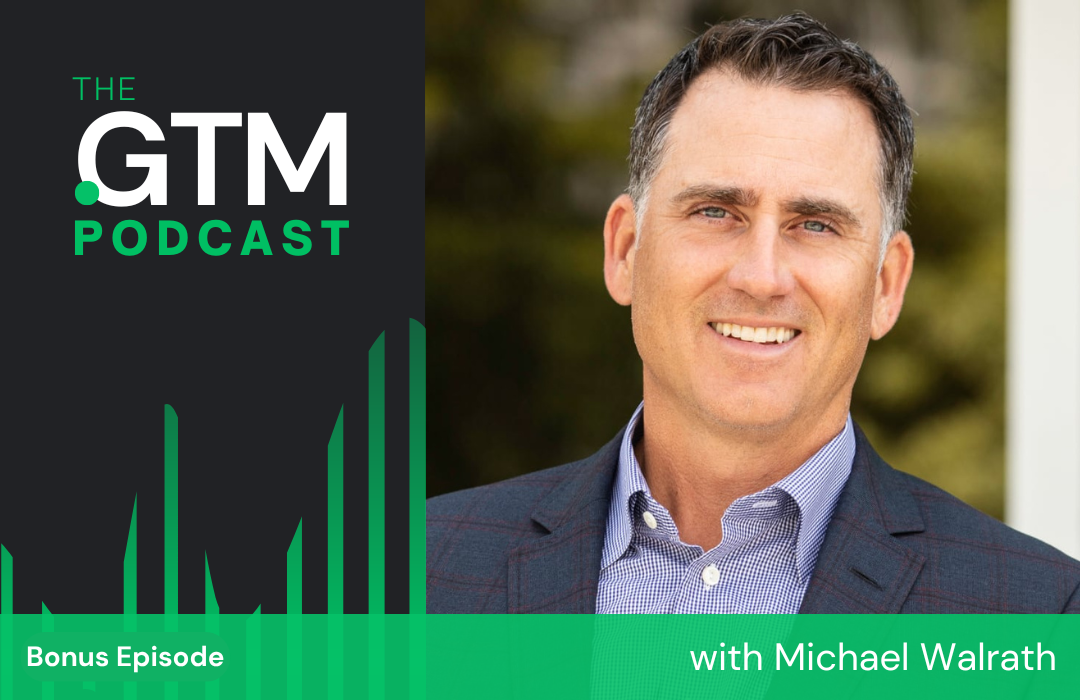Does LinkedIn InMail actually work for lead generation?
The short answer is, it depends.
LinkedIn has a reputation for high engagement for sales and high cost for marketing. And plenty of B2B brands already use the paid features of LinkedIn to great effect. That’s why the more important question isn’t whether LinkedIn InMail works, but whether it will work at scale, within your budget.
But first, let’s see what LinkedIn Mail actually is, how it works, and what it costs.
Related: Top 50 Lead Generation Tools in 2023, Ranked & Rated
What Is LinkedIn InMail?
LinkedIn InMail is a premium messaging feature that allows you to send messages to people who you are not connected to on LinkedIn. While you can’t send direct messages to people outside of your network, you can do so with InMail as long as you have a premium LinkedIn account.
InMail allows you to send a personalized message without first sending a connection request, saving you precious time searching for contact information. You can use it to reach specific decision makers, job candidates, or industry experts in your field. The subject line of an InMail is capped at to 200 characters, and the body can contain up to 1,900 characters.
The character limits for either Messages or InMail should not be an issue since your cold messages should be as to the point as possible.
InMail messages do tend to see a higher open rate than cold email (there’s no junk folder on LinkedIn, after all). But they also cost much more than setting up an effective cold email campaign.
Rather than telling you to do one or the other, I’ll instead give you the information you need to decide for yourself. We’ll look at a handful of options available when using LinkedIn for outreach:
- What Is the Difference Between InMail and Message on LinkedIn?
- LinkedIn InMail Cost and Credits
- Message Ads
- Leveraging LinkedIn for email
What Is the Difference Between InMail and Message On LinkedIn?
Although they use a similar interface on the same platform, there are differences between LinkedIn InMail and Messages to be aware of. Messages are free and unlimited.
On one hand, Messages can only be sent to direct connections, not to second or third degree connections.
LinkedIn InMail, on the other hand, is a paid feature that allows you to send messages to people who are not already connected to you in your network. Depending on your premium account plan, you get a certain number of InMail credits per month.
LinkedIn InMail Cost and Credits
InMail is a precious commodity for most looking to use LinkedIn to boost outreach. Depending on your plan, you get between 5 and 150 InMail credits to reach out to non-Connections.
Here’s how many InMail credits you can get each month for each type of account:

InMail is a great way to reach the inbox of your most promising leads — especially if you’re on an account-based tear. It bypasses the mountain of connection requests your lead is undoubtedly avoiding, and instead, you land where they’re more likely to see your message. Some people have seen open rates above 85% and clickthrough rates over 5%.
LinkedIn InMail is incredibly effective for reaching just a handful of high touch leads, but it quickly loses its sheen when you’re trying to maximize your impact by reaching several leads at once.
A LinkedIn Premium account gets you just 5 InMail credits per month. A Sales Navigator account increases these credits to 20. Credits roll over for up to three months before being capped.
If you want to exceed these initial credits, you can purchase more InMail credits at a premium. Additional credits are $10 each, with a minimum $100 purchase. Put another way, using InMail for anything other than your highest quality leads adds up quickly.
Just going by the monthly plan prices compared to the InMail credits, the Premium Business and Sales Navigator plans give you the best bang for buck at $4 per InMail credit, well under $10 for each InMail credit for any overages or for free accounts.
We ran the (rough) math in one of our recent posts on InMail, and if you want to reach 100 LinkedIn leads, the best-case scenario is to build up 60 InMail credits over three months (as you pay for Sales Navigator) and add $10 for every additional InMail credit you’ll need (40). This has you paying the equivalent of $600 over three months just to reach 100 leads.
Message Ads
Message Ads (originally called sponsored InMail) are distinct from InMail messages and unique to the LinkedIn platform. They’re the sponsored equivalent of InMail and are much easier to scale.
Instead of messaging individual leads with LinkedIn InMail, you can create a target audience and send out sponsored messages by the hundreds (or thousands).
However, because of the scale, Message Ads have a couple of limitations.
Your leads can’t respond to Message Ads. Instead, you’ll have to include a specific CTA in the message. There are no quick replies here.
Message Ads come with a tag. No matter how organic your message seems, your leads will see a sponsored tag in the subject line.
On the other hand, Message Ads do have some benefits. They’re less expensive than organic InMail, and they’re only delivered when your leads are active on LinkedIn.
Unlike other forms of advertising, Message Ads are priced by the number of messages sent, not by impressions or clicks. The cost-per-send depends on your target audience, but usually runs about $0.20 per send. You should expect at least $5 per click.
Message Ads do have relatively high visibility. LinkedIn claims a 70% open rate on average, although users have reported an open rate closer to 50%.
Leveraging LinkedIn for Email
If you’re not looking to spend thousands of dollars on Message Ads or hundreds of hours on manual LinkedIn InMail outreach, there is a third option. You can use LinkedIn to find leads, and then reach out directly via email.
This approach is both easy enough to scale and incredibly cheap compared to paid options.
Within this approach, you actually have a couple of different options.
Late last year, Juliana Crispo wrote an incredibly insightful guide on how to leverage LinkedIn to reach Fortune 500 accounts. Instead of starting with InMail or email, she set up targeted ads on LinkedIn (display ads are cheaper than both InMail and Message Ads). She pointed those ads to a lead magnet and then used the collected emails for outreach and follow-up through email.
Your other option is to start with Sales Navigator for lead generation, use your favorite email finder tool to get lead emails, and then integrate with your CRM to start direct outreach.
With this approach, you’re only paying for verified emails. These work as the foundation for a cold email campaign with higher open and response rates. You could even use our new sales email templates to boost your opens and replies.
Choose What’s Right for You
Choosing the lead gen approach that’s right for you will depend on your needs, your budget, your audience, and what you’re most comfortable with. So, I’m not going to tell you that you have to do this or that to be successful. In the end, you’ll have to decide what approach is best for you and your business.
Here are a few things to keep in mind.
- LinkedIn’s two outreach options are InMail ($10/credit) and Message Ads ($0.20/send or $5/click).
- LinkedIn InMail sees high engagement but can be difficult to scale.
- Message Ads can scale, but they don’t offer much better metrics than a well-designed cold email campaign.
- You can always leverage LinkedIn to find leads, and then reach out directly via email.
Now it’s time to get out there and start connecting. Happy Selling!







